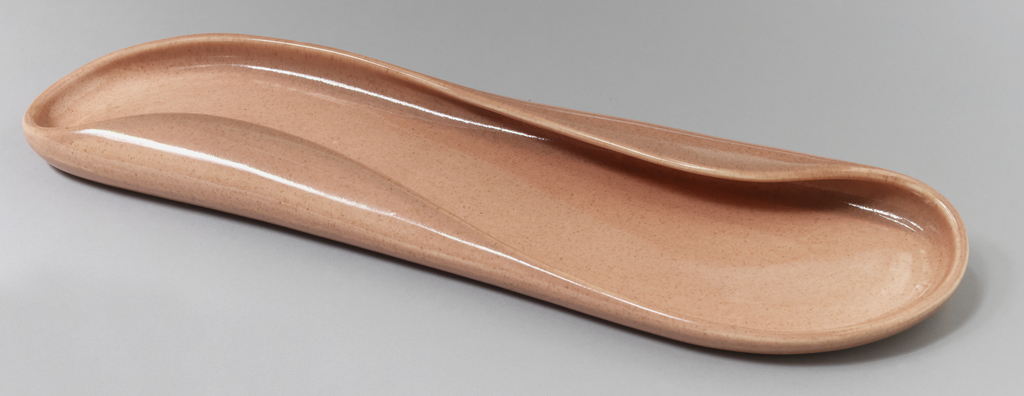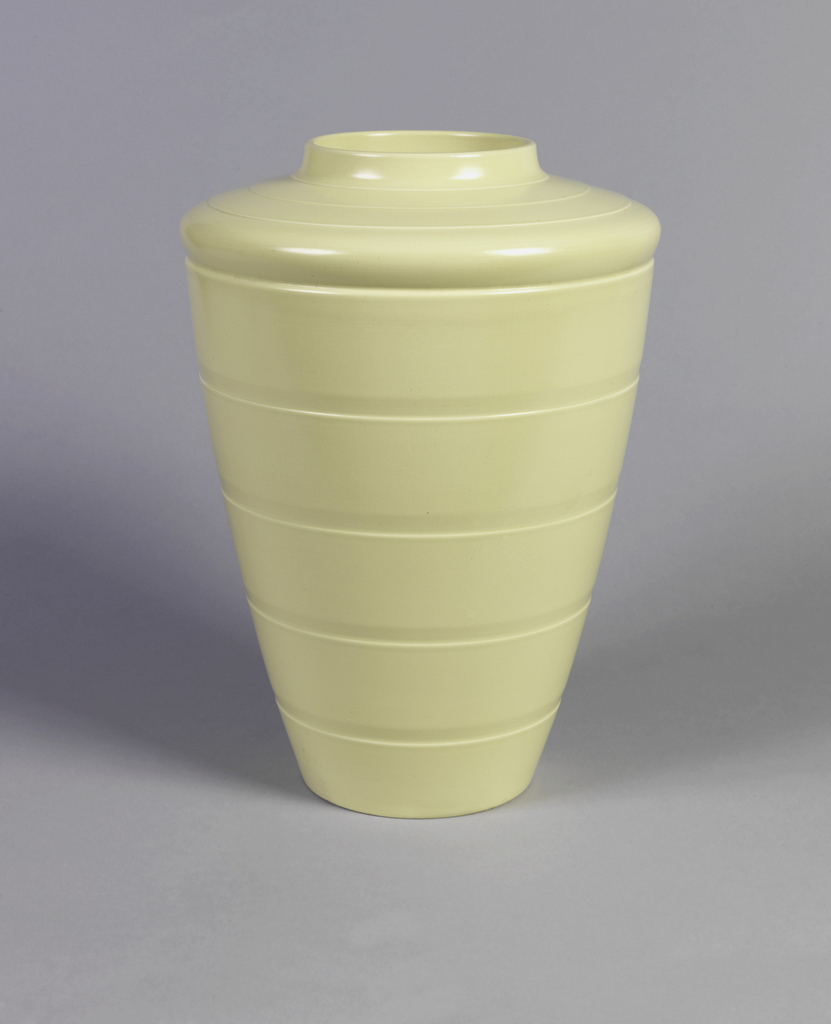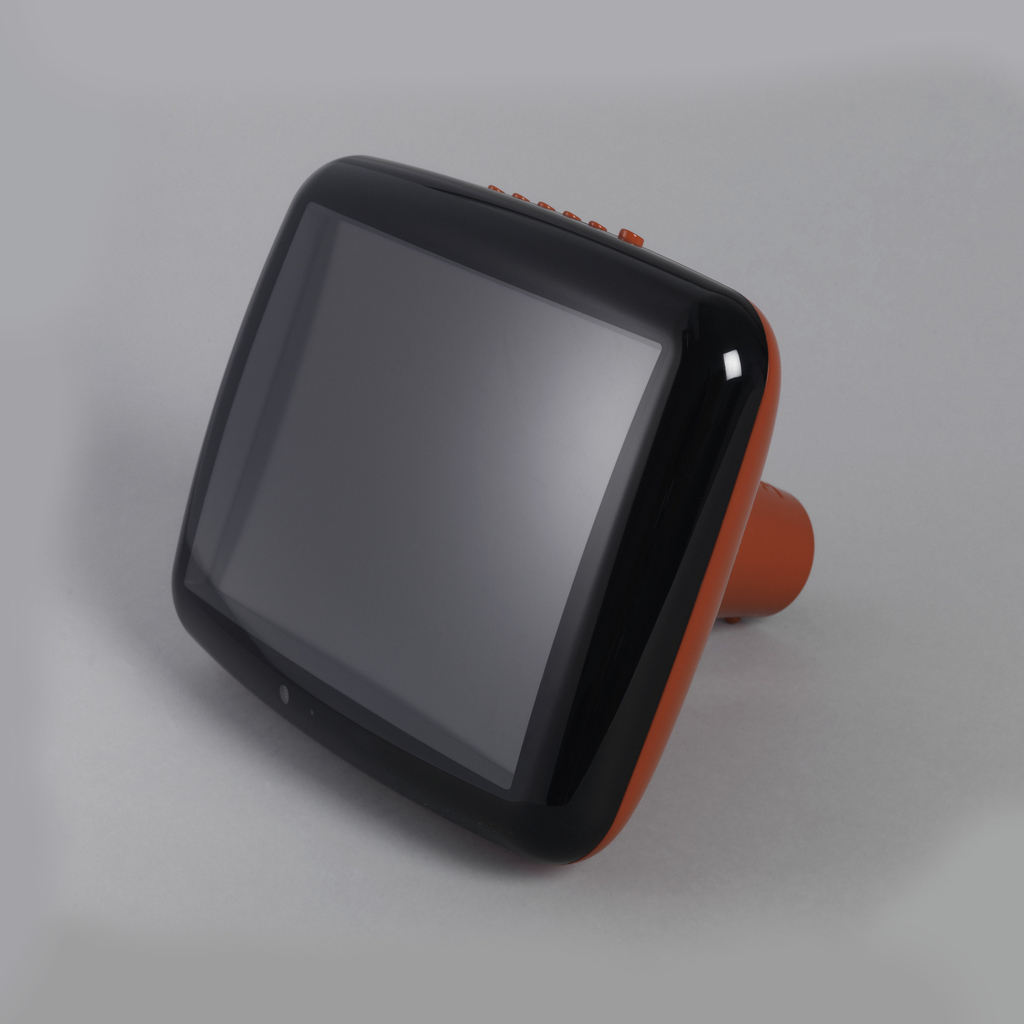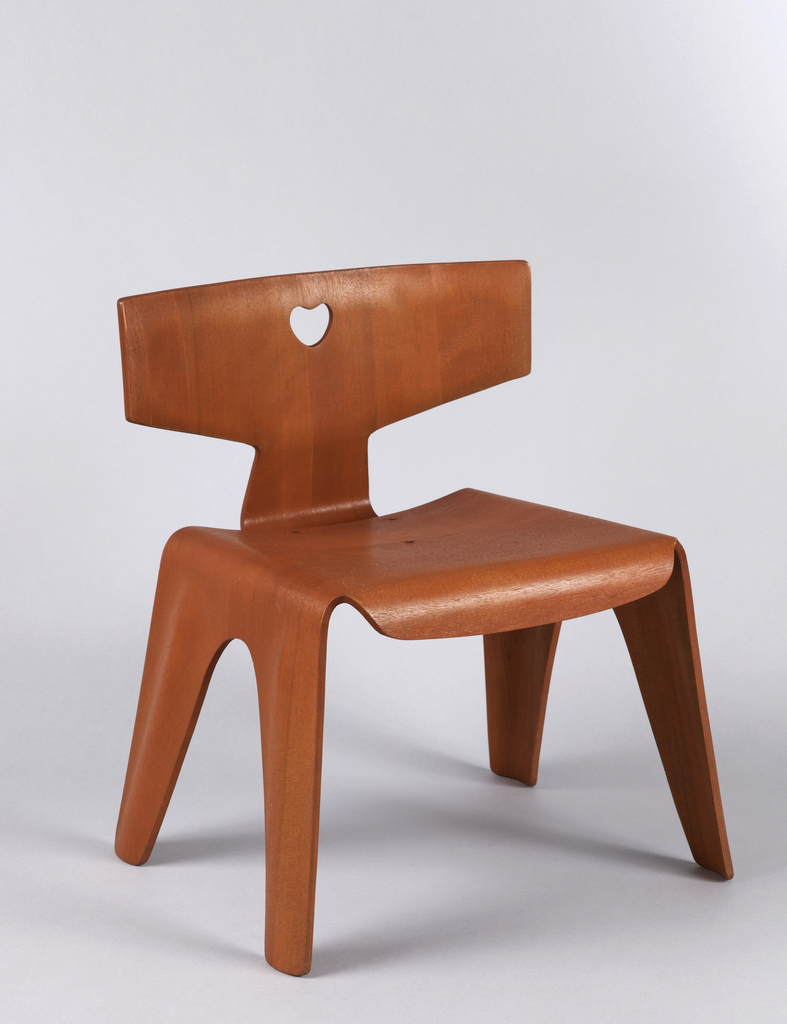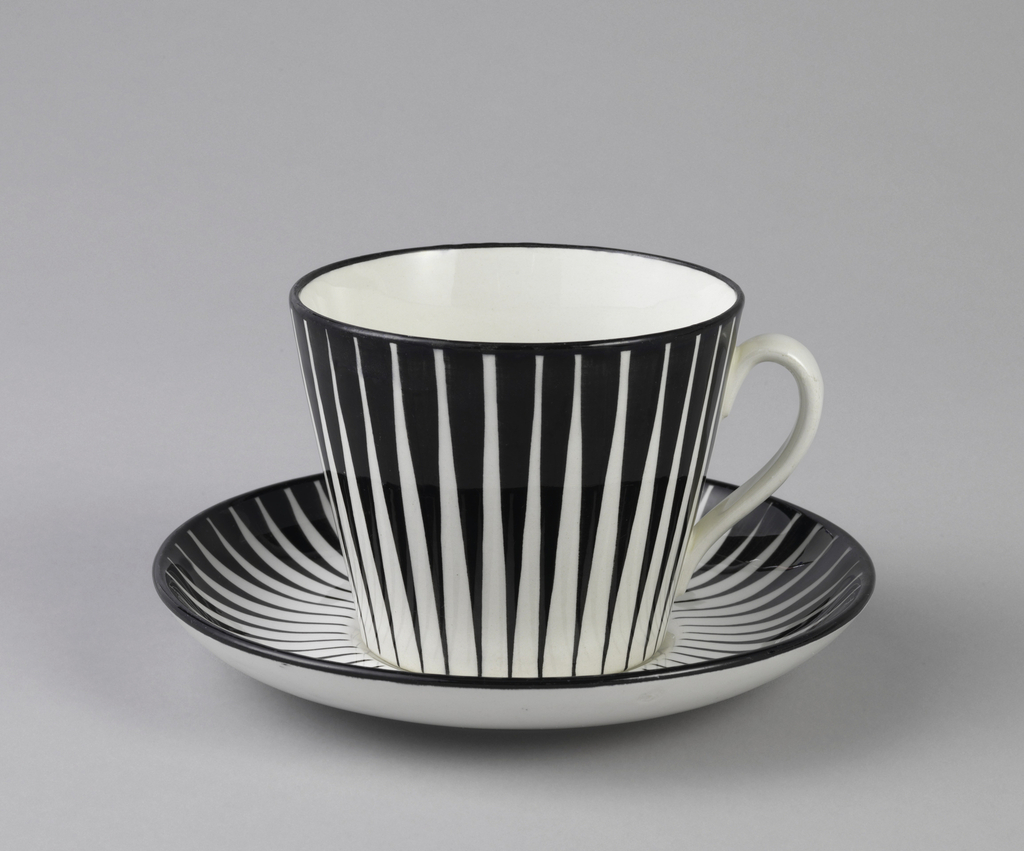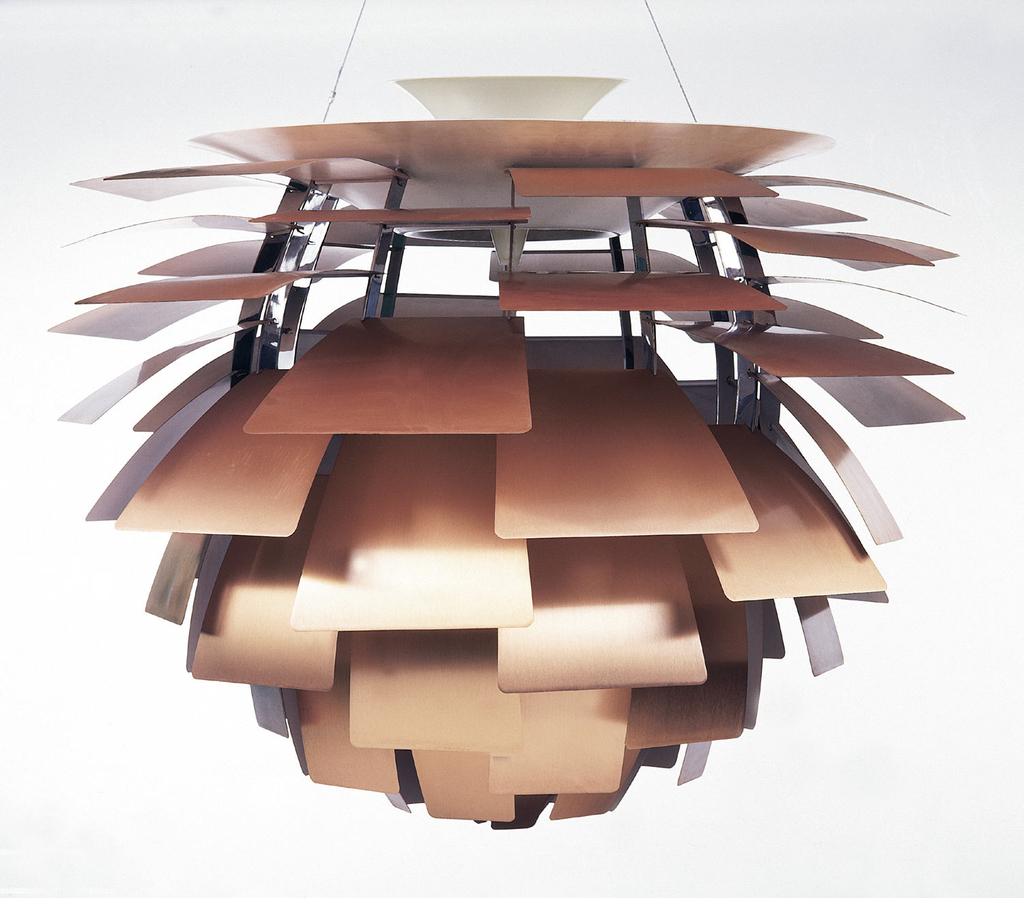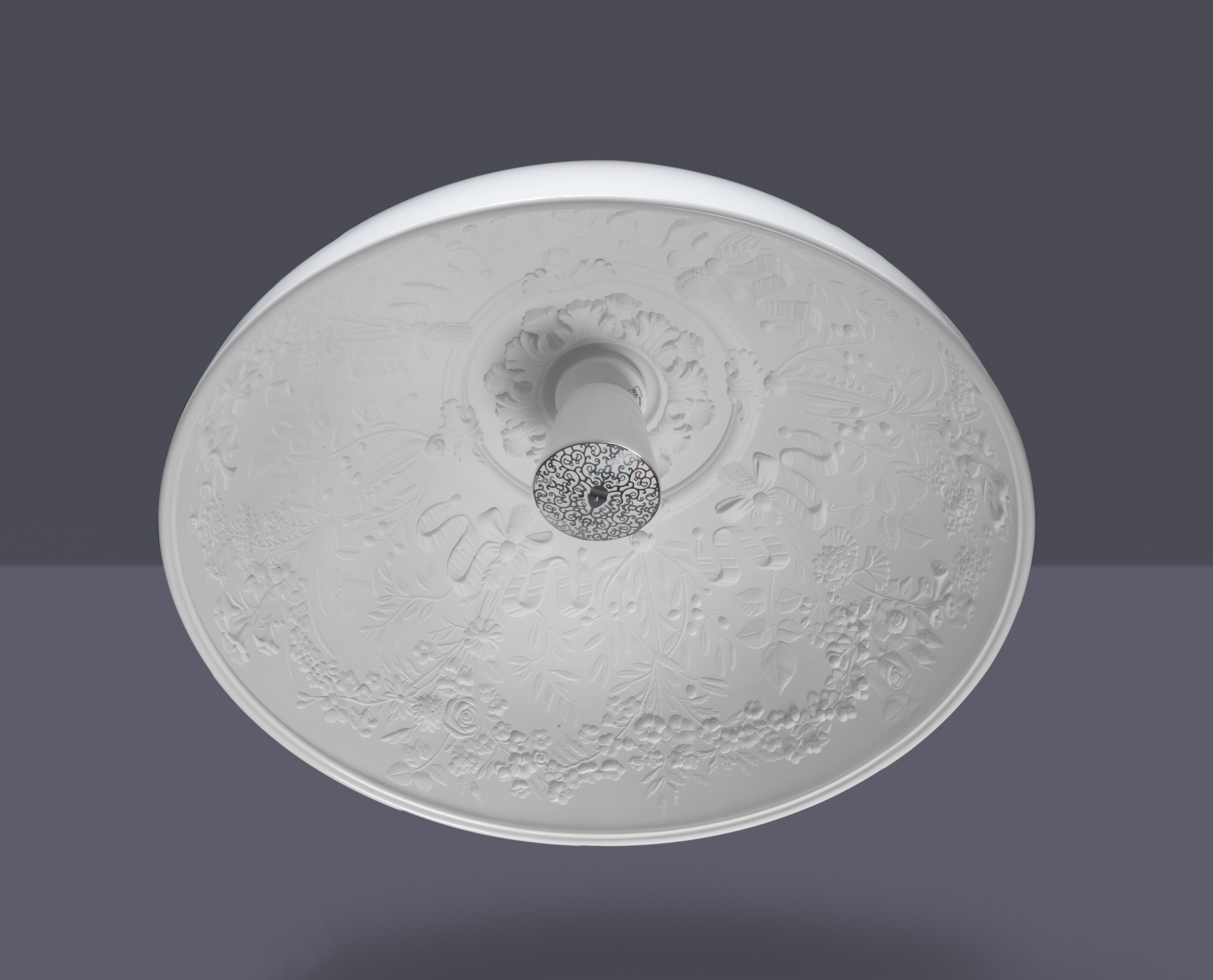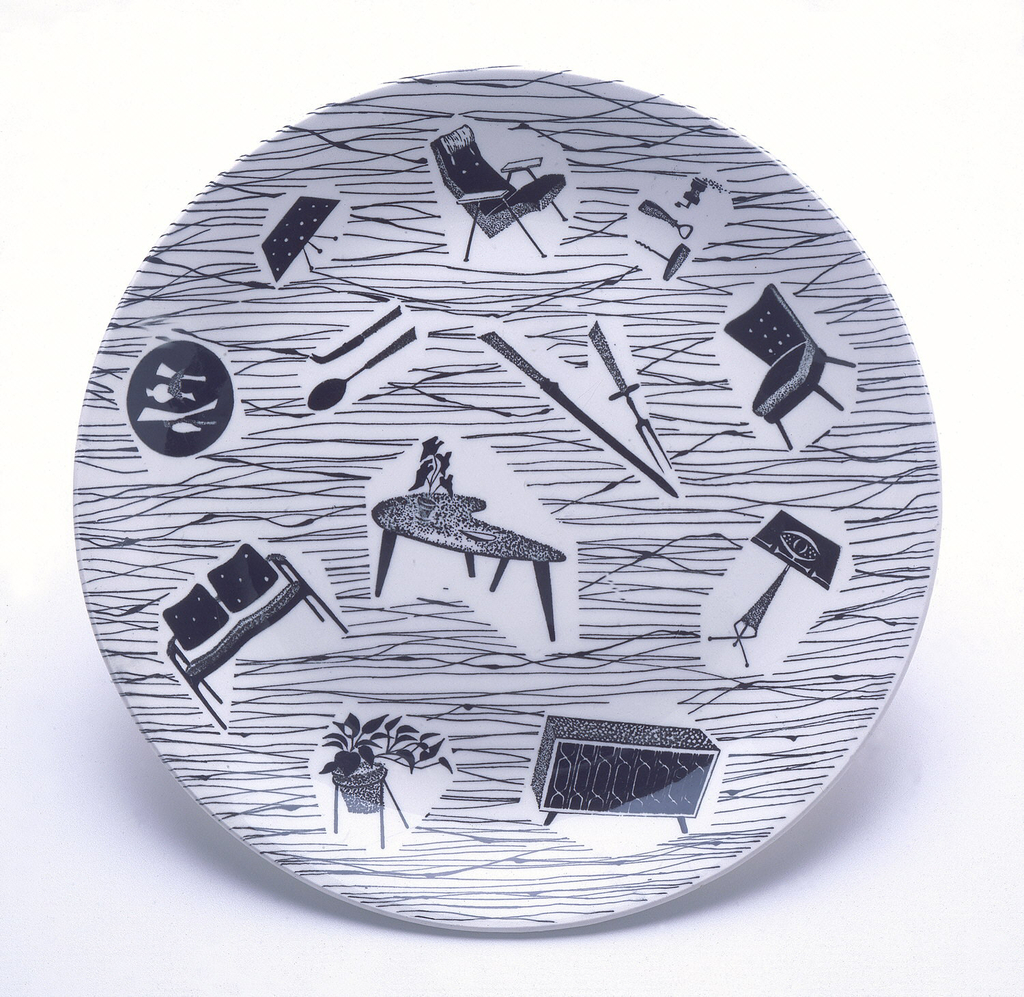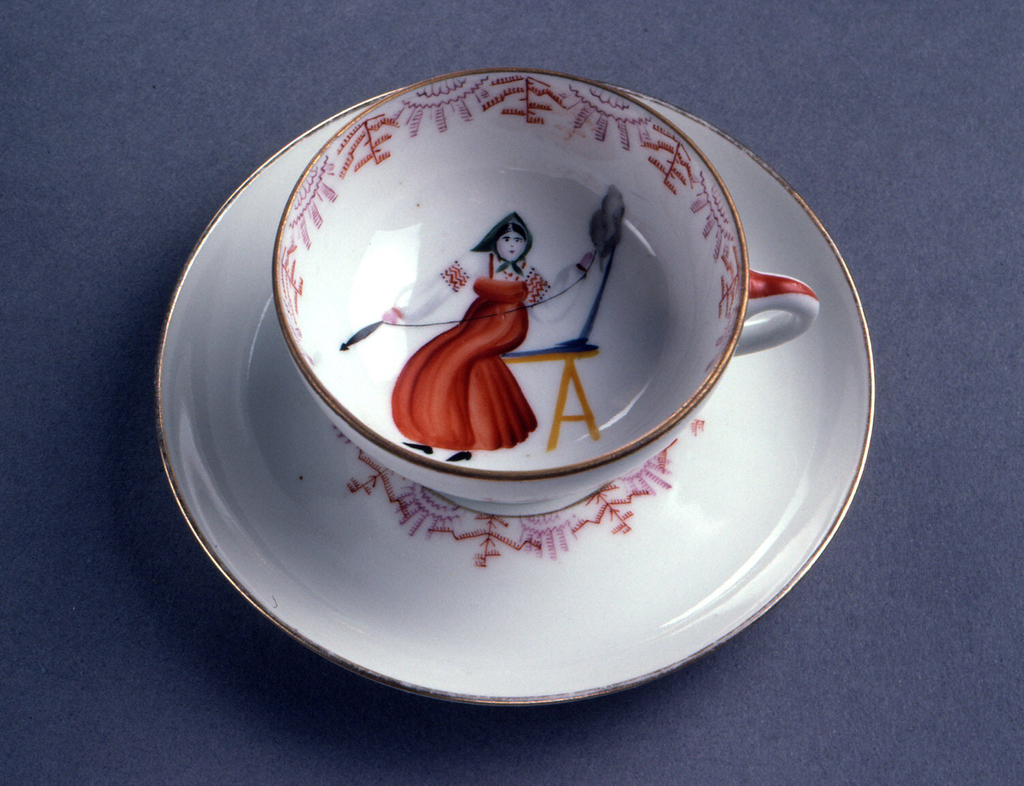Russel Wright’s massively popular American Modern Dinnerware line remained in production for 20 years—from 1939 to 1959—but that was only after Wright spent two years prodding reluctant manufacturers to mass-produce his unconventional ceramics. The line was a departure from everything that design, and tableware in particular, represented in prior years. Instead of restrained and formal,...
This austere vase embodies nearly the exact opposite of Wedgwood’s well-known decorative aesthetic. Founded in 1759, the firm developed a sophisticated earthenware, often either black to imitate ancient Greek ceramics, or blue with relief decoration featuring neoclassical husks, swags of flowers and pastoral scenes. Early wares made of this material were cheaper than porcelain, but...
Bulky and cumbersome CRT (cathode ray tube) televisions that occupied a place of pride in living rooms since the 1950s have quickly fallen out of favor in the twenty-first century as LCD (liquid crystal display) televisions boast sleek flat shapes and a clearer picture. One aspect of CRT televisions that brought them to be classified as...
Experimenting with the possibilities of molded plywood during World War II allowed influential design couple Charles and Ray Eames to perfect a cheaper alternative to metal leg splints. The lightweight design proved to be a life-saving innovation for wounded soldiers. At the end of the war, the Eamses redirected their improved understanding of molded plywood...
In calculated contrast, sharp black wedges streak mathematically across a white ground. The black and white stripes that line Eugen Trost’s Zebra cup and saucer accentuate its tapered, circular form just as cleanly as they denote the wild zebra, from which it takes its name. These stripes, however, are hand painted. The Gefle Porcelinsfabrik in...
Poul Henningsen’s childhood was illuminated by the glow of gas lamps. When electricity arrived in his small Danish hometown and left his neighbor’s windows ablaze with the stark glare of electric light bulbs, Henningsen began to grapple with a design quandary that would come to define his entire career. He was determined to calm the...
Warm, yellow light bathes a hemisphere of delicately molded plaster flowers, spindly tendrils and leaves. Shadows deepen the foliate reliefs, a luminous dome suspended above the ground. All the elements of an ornate plasterwork ceiling are compressed into a compact sphere. Marcel Wanders’ Skygarden hanging lamp relies upon the unquestioned unity of stylistic opposites: completely...
After World War II, design boomed in Europe. Colors were brighter, lines more dynamic and materials more industrial—affordable modernism emerged to feed thriving consumers in the 1950s. The now iconic Homemaker tableware line started as a challenge for young English designer Enid Seeney. She was tasked with creating an “all-over” pattern for fashionable rimless plates....
In 1918, amidst raging civil war and biting famine, Russia’s fledgling communist government was determined to communicate its values to a massive, largely illiterate and rural public. It found one of many vehicles in an equally massive propaganda campaign. The government mobilized artists from across Russia to create images in a vast array of media....
